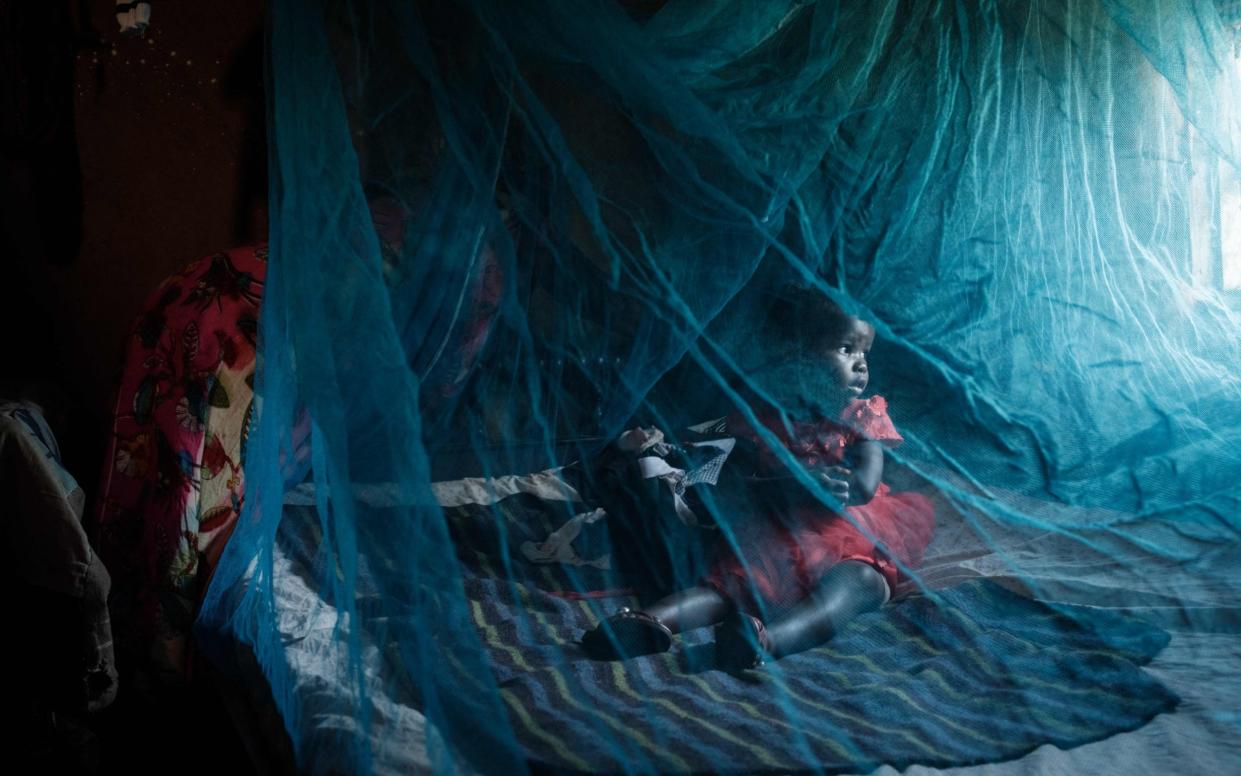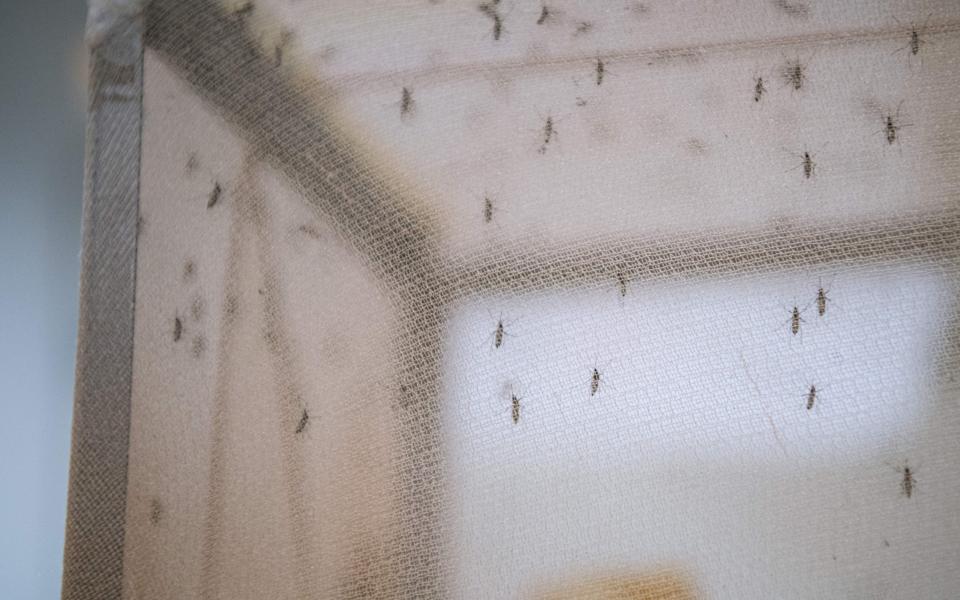New malaria nets prevent 13 million infections in sub-Saharan Africa, study shows

The rollout of malaria nets sprayed with a new, highly potent insecticide prevented at least 13 million cases of the disease in Africa, a new study has shown.
The use of insecticide-treated bed nets has been central in efforts to reduce the spread of malaria, a mosquito-borne pathogen that infects 250 million people every year, with over 94 per cent of cases in Africa.
Some mosquitoes have now developed resistance to pyrethroids – the standard insecticides used to treat bed nets – meaning that they are less effective in killing the bugs and preventing transmission of the disease.
However, the use of a new WHO-recommended insecticide, chlorfenapyr, offers a promising solution.

Chlorfenapyr works by causing a mosquito’s wing to spasm and wither so they are unable to bite humans. Pyrethroids kill insects by attacking the nervous system.
In a set of clinical trials conducted by the New Nets Project, an initiative funded by Unitaid and the Global Fund, nets sprayed with chlorfenapyr, alongside pyrethroids, were found to improve malaria control by 20 to 50 per cent when compared to pyrethroid-only bed nets.
Roughly 56 million of the nets were distributed in countries grappling with pyrethroid resistance, including Burkina Faso, Rwanda, Nigeria, and Benin between 2019 and 2022.
The use of the insecticide prevented 24,600 deaths in that period, according to the studies.
Malaria deaths have fallen significantly this century, but the disease still threatens nearly half the world’s population and progress has appeared to stall.
Insecticide resistance, climate change, and global conflict have all contributed to a spike in cases, with more than 620,000 fatalities in 2022 – the highest annual death toll since 2011.
Two new malaria vaccines, rolled out earlier this year, are hoped to save tens of thousands of children’s lives each year across Africa.
However, neither of the two vaccines stop transmission, so other tools like bed nets and insecticidal spraying will still be critical in the fight against malaria.
The infection mostly spreads to people via mosquitoes and can cause symptoms including fever, headaches and chills.
Protect yourself and your family by learning more about Global Health Security

 Yahoo News
Yahoo News 
